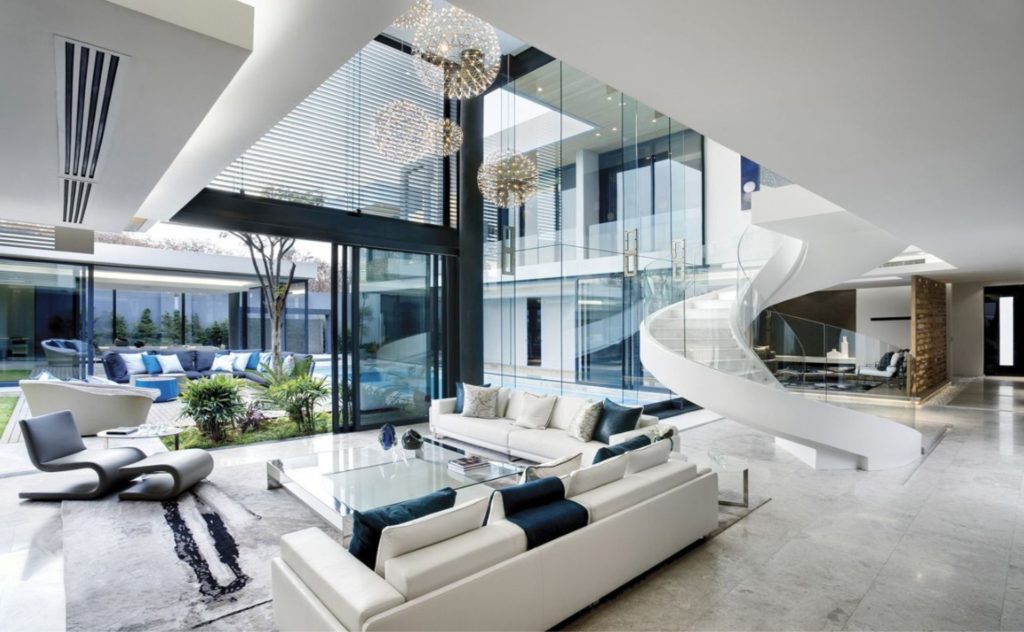House Interior Design
Introduction:
House Interior Design Start with a brief overview of the importance of interior design in creating a comfortable and aesthetically pleasing living space.
Mention how the right design choices can enhance mood, productivity, and overall well-being.
Understanding the Basics of Interior Design:
Define what interior design is and its primary goals.
House Interior Design, Discuss key elements such as color, lighting, furniture, and layout, House Interior Design and how they contribute to the overall design scheme.
Highlight the importance of balance, House Interior Design proportion, and harmony in creating cohesive interiors.
Establishing Your Design Style:
Explore different interior design styles such as modern, traditional, farmhouse, industrial, Scandinavian, etc.
Encourage readers to identify their personal preferences and inspirations to create a cohesive design schem
Identifying Your Personal Style:
Encourage readers to explore their own preferences and tastes in interior design.
Introduce popular design styles such as modern, minimalist, traditional, eclectic, etc., and provide descriptions and examples of each.
House Interior Design Offer tips on how to determine which style resonates most with them and how to incorporate it into their homes.
Practical Design Tips and Tricks:
Provide actionable advice on how to improve the look and feel of a space.
Discuss the significance of decluttering and organization in maintaining a clean and functional home.
Offer guidance on choosing the right color palette, selecting furniture that fits the space, and maximizing natural light.
Selecting Furniture and Decor:
Guide readers through the process of selecting furniture pieces that are both stylish and functional.
Offer advice on mixing and matching furniture styles, as well as incorporating statement pieces and accessories to add character to the space
Embracing Sustainable Design:
Discuss the growing trend of eco-friendly and sustainable interior design practices.
Provide tips for incorporating sustainable materials, energy-efficient appliances, and environmentally conscious design choices into the home
Budget-Friendly Design Solutions:
Recognize that not everyone can afford to completely overhaul their home’s interior.
Suggest budget-friendly ways to refresh a space, such as DIY projects, thrift store finds, or simply rearranging existing furniture.
Highlight the value of investing in timeless pieces that can be easily incorporated into different design schemes over time.
Budget-Friendly Design Solutions:
Recognize that creating your dream home doesn’t have to break the bank.
Offer budget-friendly tips and tricks for achieving a stylish look through thrift shopping, DIY projects, and smart shopping strategies.
Incorporating Personal Touches:
Emphasize the importance of personalization in interior design.
Encourage readers to showcase their personality and interests through artwork, photographs, textiles, and other decor items.
Provide inspiration for incorporating sentimental objects and heirlooms into the design scheme.
Final Thoughts and Resources:
Summarize key takeaways from the blog post.
Invite readers to share their own experiences and tips for home interior design.
Provide links to further resources such as online design blogs, forums, or books for readers interested in delving deeper into the topic.
Conclusion:
End with a closing statement that reinforces the importance of thoughtful interior design in creating a home that reflects and supports the needs and lifestyle of its inhabitants.

Tips for Transforming Your Home Interior
1. Define Your Style
Before starting any design project, identify your personal style. Whether you prefer modern, traditional, rustic, or eclectic designs, having a clear style in mind will guide your choices and create a cohesive look.
2. Start with a Neutral Base
House Interior Design using neutral colors for walls and large furniture pieces provides a versatile backdrop that can be easily updated with accessories and decor. Neutrals create a calm and timeless foundation for any design style.
3. Mix Textures and Materials
House Interior Design Incorporating a variety of textures and materials adds depth and interest to your space. Mix soft fabrics with hard surfaces, such as wood and metal, to create a balanced and inviting environment.



0 comments